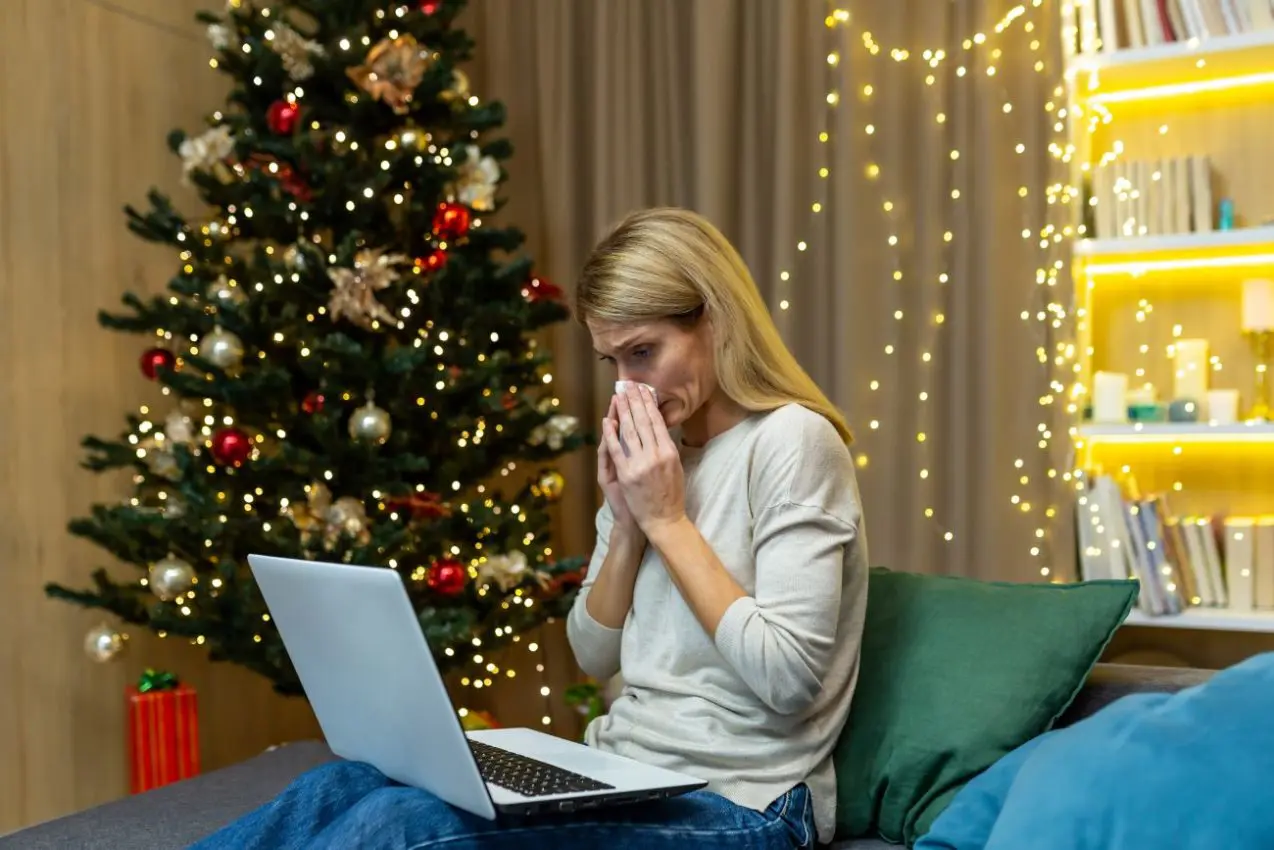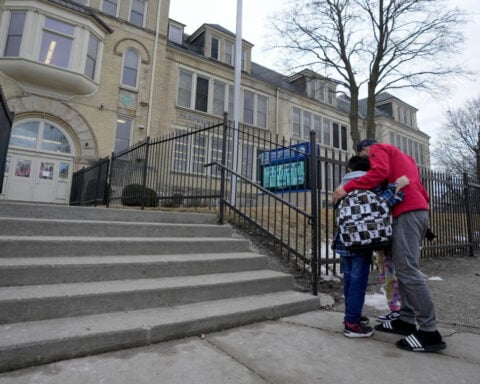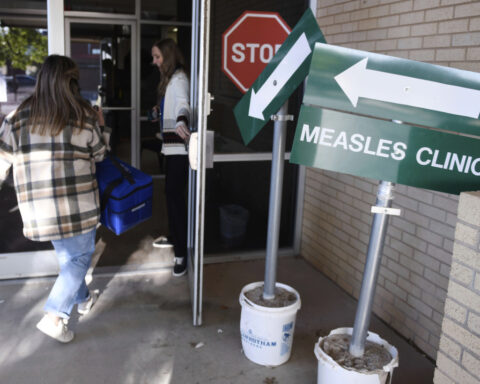Decking halls with boughs of holly and twinkling trees spreads yuletide cheer for many holiday celebrants. But amid the backdrop of nostalgic decor emerges a seasonal syndrome sabotaging merriment for some. Invisible allergens riding evergreens trigger classic respiratory and skin symptoms creating “Christmas tree syndrome” - the sad fate of developing runny noses, coughs or rashes instead of cozy comfort from the symbolic centerpiece.
Culprits range from specific pollen species to generic irritants like mold, dust and pesticides. Real varieties pose more concerns with natural volatile oils and shedding pine needles. But cheap synthetic trees harbor other hazards after years packed away improperly. Certain precautions limit risks. Still most allergists advise simplicity if extensive reactions persist.
Sensitivities vary. Anyone may develop sudden seasonal susceptibilities lacking prior diagnosis. More sufferers likely have unknown environmental or food allergies manifesting through identical holiday stimuli annually. Pinpointing exact causes helps avoidance tactics or medical treatment. But Christmas tree syndrome broadly describes the phenomenon of decorative vegetation triggering misery.
Pine pollen doesn’t release until spring. So inflammation usually comes from hitchhiking ragweed, grasses or other fall pollinators landing on needles pre-chopping. However pine tree sap contains potent terpenes responsible for quintessential yuletide scent. These volatile compounds can irritate airways regardless of specific allergies. Immune hyper-reaction produces excess respiratory mucus trapping perceived irritants.
For mold-allergic individuals, multiplying spores pose serious threats. Both live and artificial trees develop heavy fungal coatings under certain conditions. Nestled branches prevent proper cleaning while warm storage cultivates colonies. Research found bringing a mold-infested Christmas tree indoors spike airborne concentrations over six times baseline. Extended inhaling inevitably causes illness.
Pine rosin and pointy needles also commonly aggravate skin upon contact, often resembling poison ivy rashes. Some cases may meet clinical allergy definitions if demonstrating sufficient antibody response. But many suffer simple inflammation from sap ingredients like colophony or physical abrasion damages. These reactions still ruin holiday fun with intense itching or weeping wound-like effects.
Much plant pollen, mold and insect waste matter proves innocuous until overwhelming immune defenses through excessive exposure. Christmas tree syndrome essentially describes when quantity meeting vulnerability reaches symptomatic tipping points. But identifying exactly where personal thresholds lie takes trial and error absent diagnostic testing.
Oral antihistamines combat most symptoms, calming runny noses, sneezing and watery eyes by blocking histamine response. Nasal steroid sprays treat post-nasal drip coughs or sinus congestion over weeks. Hydrocortisone cream soothes reddened skin patches. Beyond medications, daily showers preventively wash away stuck allergens from hair or clothes.
Strategically running air purifiers nearby overworked evergreens provides additional relief. Their filters capture ambient microscopic particles circulating everywhere fragile respiratory defenses keep guard. Avoiding reintroduction of contaminated garments also limits inflammation through hamper isolation. Finally irrigating nasal passages regularly flushes trapped irritants.
Preventative tactics further minimize risks. Thoroughly hosing trees outdoors before installation prevents indoor allergens. Letting soaked garments fully dry rather than lingering in fabrics stops transference. Freezing certain decorations kills pests. Storing artificial trees sealed after cleaning combats dust and mold. Gradually purging most flashy ornaments focusing efforts outdoors may help. But remember - quick post-holiday disposal removes decaying hazards.
Some cases require total tree avoidance. Diehard celebrants can still enjoy the season by creatively decorating homes exteriors with neighborly spirit. But safety comes first for those highly susceptible. Having survived this long, hopefully many more merry years await free of red noses or itchy rashes if adjusting priorities.
After all, beloved traditions aim to build bonds and brighter futures. So ensuring inclusion and comfort best honors the spirit beyond any physical symbols. With caretaking compassion, domestic magic persists anytime we lift each other’s burdens. And the resulting community lights outshine any holiday display.

 Trump has begun another trade war. Here's a timeline of how we got here
Trump has begun another trade war. Here's a timeline of how we got here
 Canada's leader laments lost friendship with US in town that sheltered stranded Americans after 9/11
Canada's leader laments lost friendship with US in town that sheltered stranded Americans after 9/11
 Chinese EV giant BYD's fourth-quarter profit leaps 73%
Chinese EV giant BYD's fourth-quarter profit leaps 73%
 You're an American in another land? Prepare to talk about the why and how of Trump 2.0
You're an American in another land? Prepare to talk about the why and how of Trump 2.0
 Chalk talk: Star power, top teams and No. 5 seeds headline the women's March Madness Sweet 16
Chalk talk: Star power, top teams and No. 5 seeds headline the women's March Madness Sweet 16
 Purdue returns to Sweet 16 with 76-62 win over McNeese in March Madness
Purdue returns to Sweet 16 with 76-62 win over McNeese in March Madness








